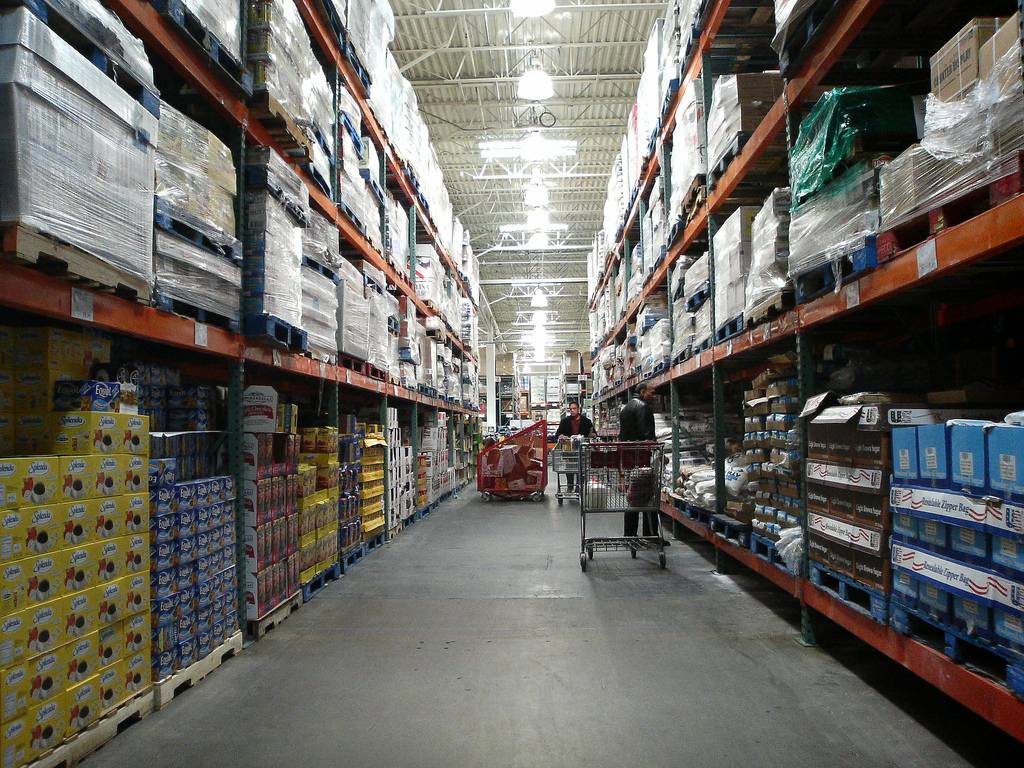
What is inventory accounting?
Inventory accounting is the set of accounting that deals with the measurement and recording of changes in inventoried assets. An enterprise’s inventory usually comprises goods in three stages of production: raw goods, work-in-progress goods and finished goods ready for sale.
Inventory accounting will assign values to each of these three processes and record them as assets of the enterprise. Assets are goods that are likely to have future value to the company, so they need to be accurately valued to give the company an accurate assessment.
What are the reasons for the high inventory days?
Inventory days are linked to the turnover ratio. For example, when turnover is low, day sales will be high. When turnover is high, day sales will be low.
Suppose a retailer increases the quantity of goods for some new products and for some special promotions of existing products. If sales do not increase, the number of days’ stock or days’ sales in stock will increase.
Determining the sale of days
The days sales of the financial ratio indicates the number of days it took the company to sell its product in the last year. Bear in mind that your company’s product will change throughout the year and its sales will fluctuate. You should therefore take this as an annual average.
The calculation of days sales is: the number of days in a year (365 or 360 days) divided by the turnover factor.
It is important to understand that financial performance is likely to vary from sector to sector. The company’s performance should therefore be compared with its own past financial performance and that of companies in the sector.

Data does not match the inventory?
Unfortunately, this is quite often the case. For example, if a retailer’s product records report a total of 3261 products, but the physical figure indicates that there are only 3248 units in stock, the product shrinkage is 13 units. A retailer’s product decline could be due to shoplifting, employee theft, spoilage, obsolescence, etc.
Manufacturers also use the term product shrinkage to refer to the loss of raw materials in the production process. For example, a producer of fried foods will experience the expiry date of the product throughout the process, thanks to the ingredients.